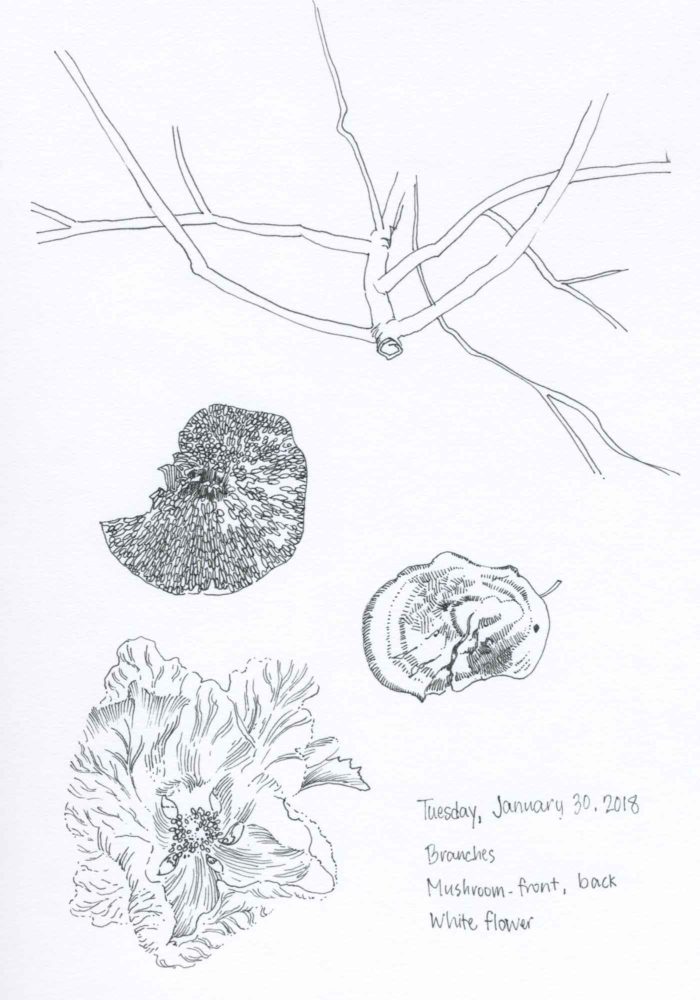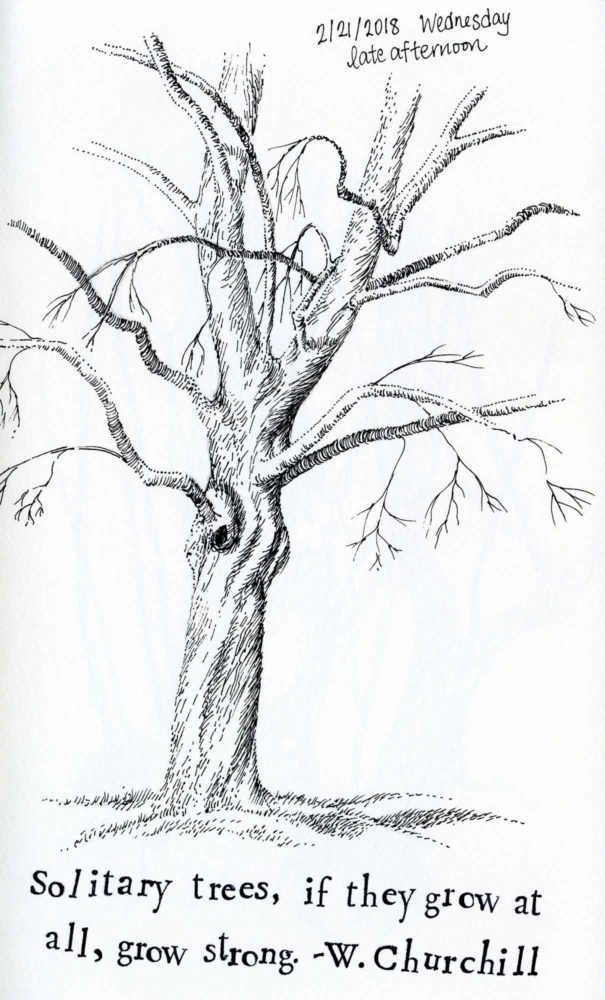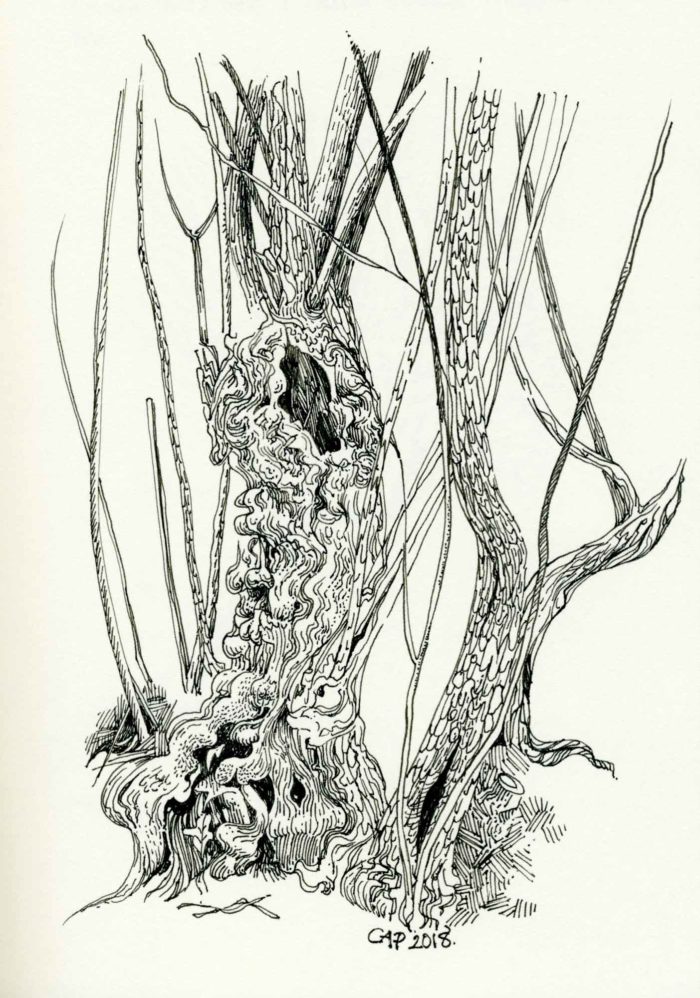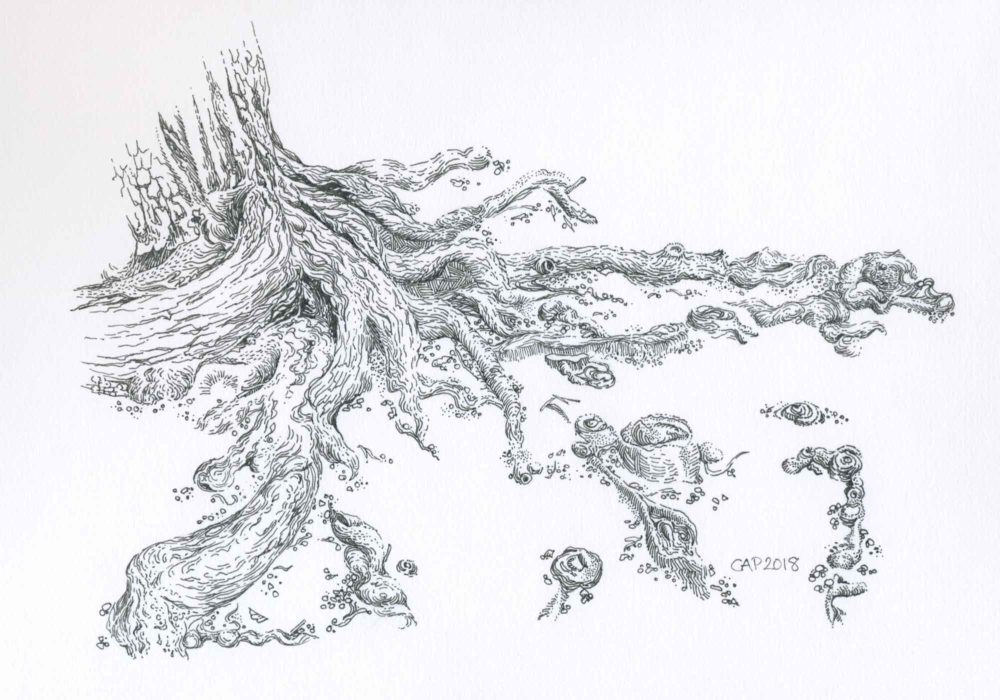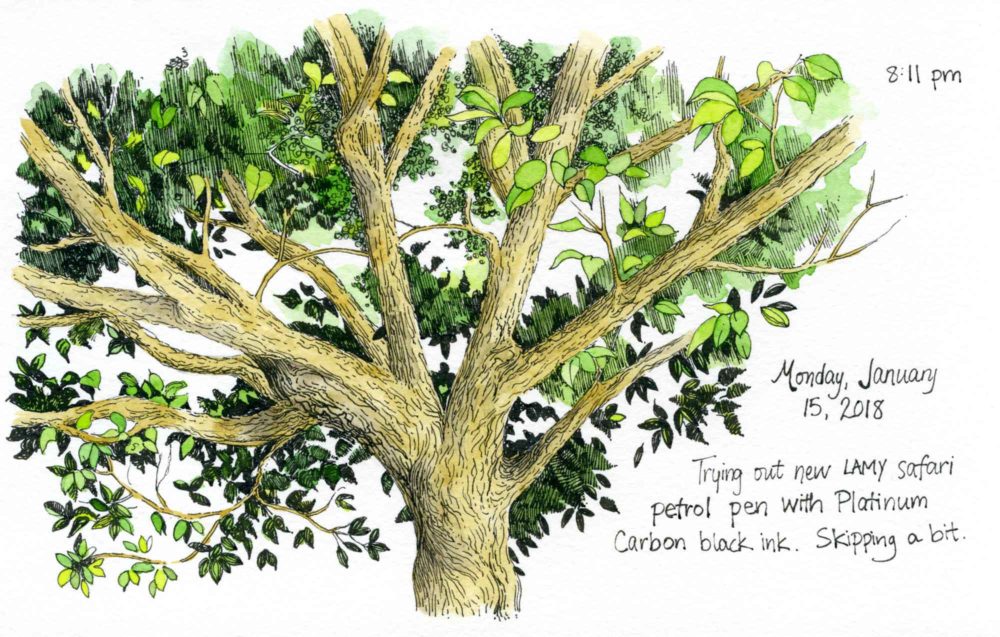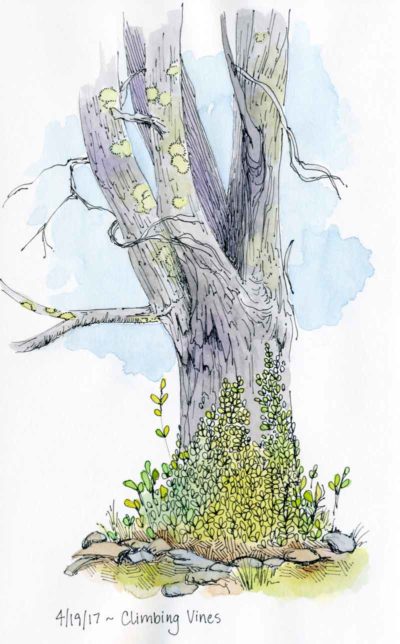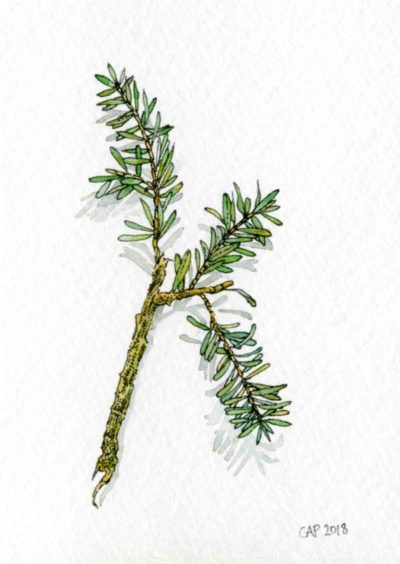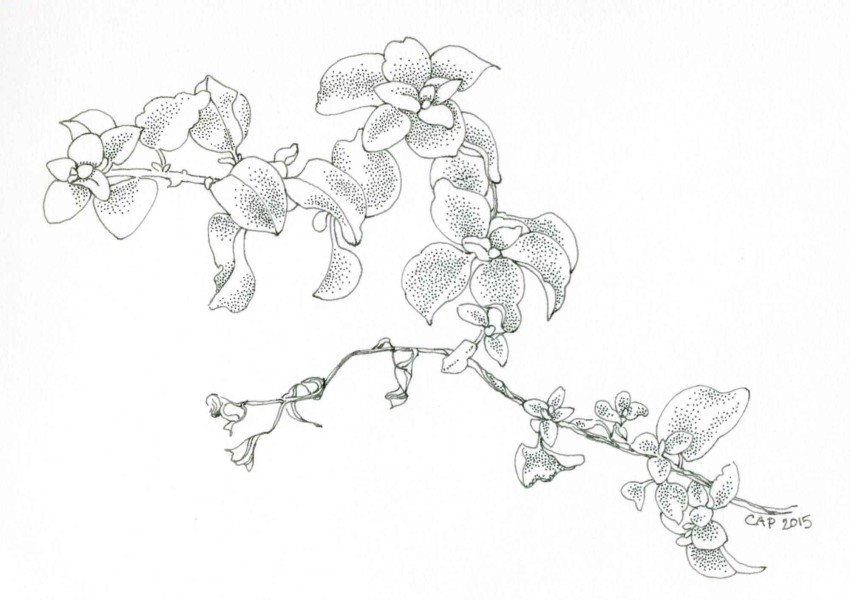I took a break from art for a few days to get my studio (i.e., my bedroom) in order. I wasn’t really happy with the lighting in my space, so I made a change and swapped bedrooms with my daughter. I was also struggling with clutter overload, so I took the opportunity to dispose of a lot of excess stuff and completely reorganize. The changing of the seasons seemed like the perfect time to undertake the project.
My art supplies and personal possessions are much more manageable now, but the whole job took more than two days and it was exhausting. Unlike some of the glamorous studio tours I’ve seen, my room is very plain and simple and nothing special to look at (hence, no pictures!).
One thing I love about my new setup is that my scanner is next to my desk now, so I can use it whenever I want. I didn’t have a place for it before and I had to keep it in my basement, which made scanning a real chore. I also got a new Ottlite with an attached magnifying glass (which has already been coming in handy).
After I got everything set up, I had a massive scan-a-thon and rounded up some of my recent pen and ink work to show you all. Thanks for looking and enjoy!
